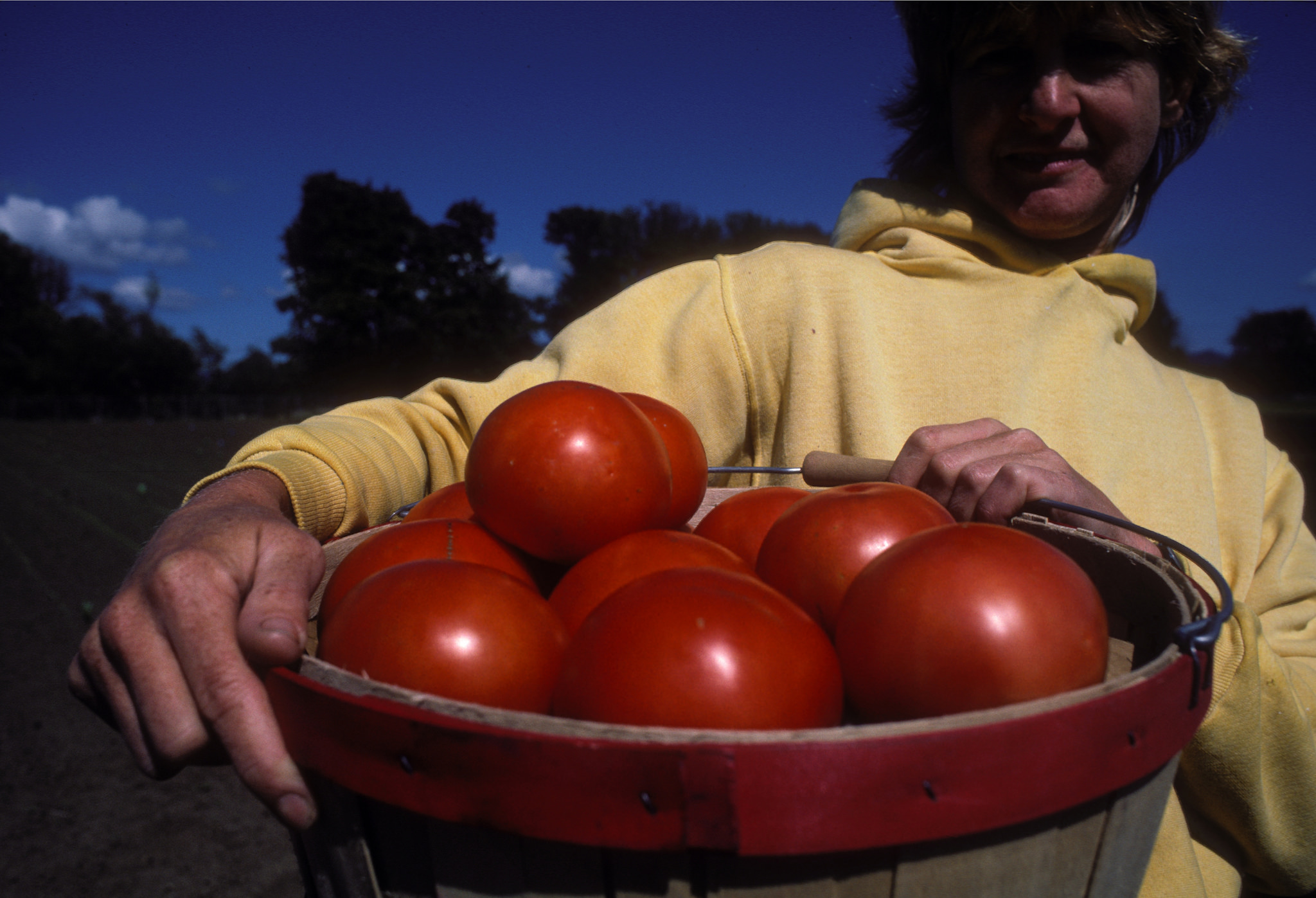As more people pick up a hoe to grow their own produce, food safety becomes a concern.
“Most people can’t believe that their own habits could possibly be the source of problems and are not aware what habits can cause risk,” said Jeanne Brandt, a family and community health expert with Oregon State University Extension Service. “We only hear about widespread breakouts of food poisoning from commercial distribution. But what we do in the garden and kitchen can be problematic.”
Brandt is not out to panic gardeners. But the risk is real, especially for children, the elderly, the sick and those with compromised immune systems. Reducing the chances of foodborne illness means changing behavior, including better hygiene, keeping animals out of the garden and using well-rotted compost and manures.
“People have gardened forever and most of us live to tell about it,” she said. “It’s a great healthy activity. A great way to use resources. We just need to be mindful and think about some of the issues. Maybe one thing they can do is keep the cat out of the garden or scrub shovels between dog duty and garden duty. Otherwise carry on. You’re doing a great thing providing fresh produce. We don’t want to discourage anyone from doing that.”
Sara Runkel, a food systems coordinator with OSU Extension’s Small Farms program, explains that foodborne illnesses come from the digestive tracts of animals and humans. She notes that once pathogens come in contact with produce, they’re difficult to kill, which makes good garden practices all the more important.
“There’s no way to eliminate all chances of illness completely,” Runkel said, “but just being cautious and washing hands and being careful about cross contamination and animals in the garden can reduce the risk.”
Brandt and Runkel offer these recommendations:
- Attempt to find out how your garden site was used before you planted. Is there a parking lot nearby or a pasture that may run-off into your garden? Is there lead in the soil from old paint? Is it under an eave where moss killer is used? Consider bringing in soil or using raised beds if you think the existing soil has been contaminated.
- Use potable water if possible. Runkel points out that municipal water has practically no risk of carrying pathogens. Surface water has the highest risk. Well water – which should be tested once a year – falls in between. If using surface water, make sure it doesn’t come in contact with the edible portion of the plant; use a drip irrigation system and don’t use overhead sprinklers, especially close to harvest time.
- Wash hands and tools between working in the soil and harvesting.
- Use separate clippers and gloves for harvesting and working in the soil.
- Don’t use dirty wheelbarrows, buckets or other containers for harvesting. Wicker baskets may seem like a good choice, but they have lots of nooks and crannies for pathogens to hunker down. Instead, keep a clean container just for harvest.
- Keep animals out of the garden. Though this may be a struggle, it’s important to eliminate feces. For small wildlife, clear debris from around the edge of the garden where they can hide. If possible, build a fence. Some gardeners have luck deterring cats with chicken wire laid just under the soil to thwart their attempts to scratch and eliminate. Discourage dogs from following you into the garden. There are repellents or motion-activated sprinklers you can buy at the garden center or home improvement store.
- If you make your own compost, the core temperature must be maintained between 131 and 170 degrees for at least 15 days, turning the pile five times, in order to kill pathogens. Bagged or commercial compost has been heat treated and is considered safe. Recommendations are to apply raw manure or untreated compost 90 days before harvest for crops that don’t come in contact with the soil and 120 days for crops that do. If kitchen scraps are included in the compost pile, rats, raccoons and other wildlife will arrive for a meal. Barrel composters are good for keeping animals out.
- Don’t let chickens into the garden. Chicken manure is a great soil amendment, but like compost, must sit for 90 to 120 days before applying. Change or wash boots when going from the chicken coop to the garden.
- Clean produce with cool, running water once you’ve brought it inside. Soaking vegetables in the sink increases the chance of cross contamination and hot water and soap are not necessary.
- Bring as little soil as possible into the house.
“The truth is there are pathogens everywhere and only a limited number can make us sick,” Runkel said. “We know many of them come from the digestive tracts of mammals. So, what we can do is minimize those pathogens from getting into the garden. Take a step back and look at the whole picture from pre-planting through getting the harvest to your table. See if you can identify any points of risk where you can implement one or two practices that could improve your food safety.”
For more information, refer to Extension’s publication You Can Prevent Foodborne Illness.

